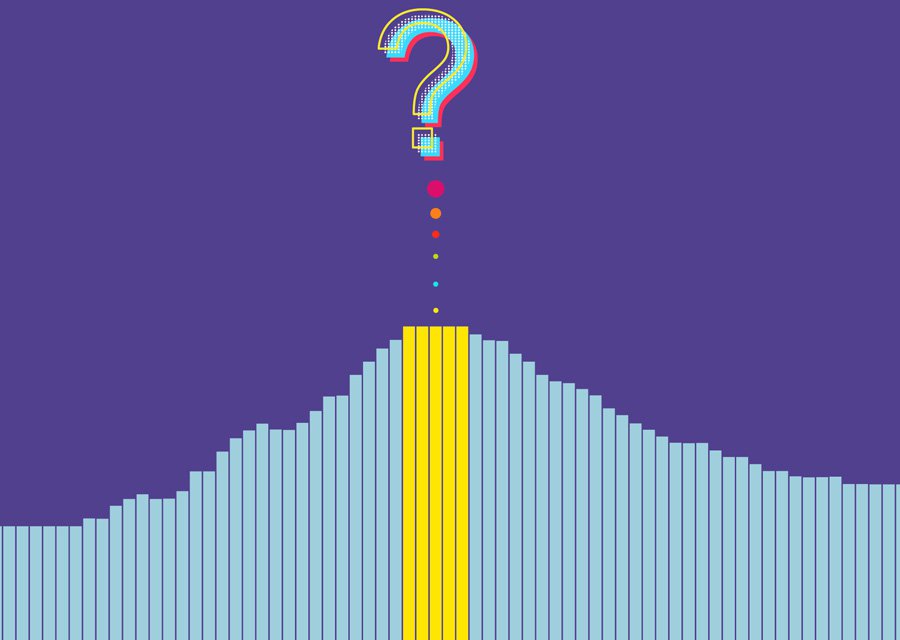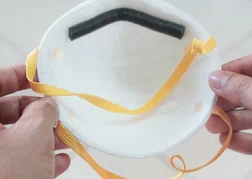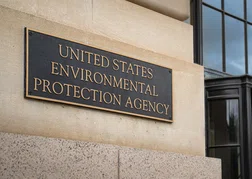
CURRENT ISSUE
FEATURE
Is Your Noise Dosimeter Lying?
Your noise dosimeter isn't telling the whole story when it comes to impulse noise and auditory risk. To understand the full picture, it is necessary to review the measurement of pure impulse noise and examine strategies to measure mixed impulse-Gaussian environments.

FEATURE
Respiratory Protection Outside the Workplace
When the public and workers without respiratory protection programs use respiratory protective equipment (RPE), they likely use it incorrectly, which means they aren't receiving the maximum level of protection. After the events of the COVID-19 pandemic, during which the entire population became familiar with RPE, this can no longer be ignored.

FEATURE
Shedding Light on Trucking
Truck driving is a renowned profession in the logistics business. However, issues related to the adverse effects of long hours, poor working conditions, and more put stress on drivers’ overall health. The medical literature on this issue has underlined the need to improve health and safety among drivers.

INSTRUMENTATION
Complying with EPA's Methylene Chloride Rule
Last year, EPA published regulations based on its findings that three halogenated solvents present unreasonable risk. These rules introduce existing chemical exposure limits (ECELs); ECEL-short term exposure limits; and ECEL action levels. Sampling or monitoring is also discussed in each of the three rules.
BY THE NUMBERS
Mechanical Ventilation, Portable Air Cleaners, and Aerosol Spread
Portable air cleaners may sometimes have unintended effects on aerosol migration in indoor spaces with built-in mechanical ventilation, according to research published earlier this year.
PROFESSIONAL GROWTH
Have Your Say on Proposed IH Program Criteria
Synergist readers, AIHA members, OEHS professionals, and other stakeholders are welcome to review new industrial hygiene program criteria for ABET-accredited IH programs and make comments.
SPECIAL SECTION
AIHA Connect Returns to Kansas City
Kansas City will play host to the premier conference and exposition for occupational and environmental health and safety professionals in May when AIHA Connect 2025 visits the Kansas City Convention Center.
FROM THE ARCHIVES
FEATURE
Noise Limits for Warfighting
From the November 2016 issue: The April 2015 revision of the military standard on noise limits specifies the maximum permissible noise levels produced by military systems and the test requirements for measuring these levels.
FEATURE
Leveraging External Training Resources
From the September 2024 issue: Companies with limited capacity to train workers can benefit from participating in the Worker Training Program of the National Institute of Environmental Health Sciences. The program has trained more than five million workers in the U.S. and surrounding territories on various occupational health topics.
FEATURE
Chasing a Changing Chemical Market
From the March 2022 issue: Industrial hygienists' task of protecting workers is more challenging when sufficient information exists about an emerging hazard to warrant concern, but occupational exposure limits have yet to be developed and the available data are insufficient to advance appropriate worker protection programs. This is the dilemma for workers exposed to per- and polyfluoroalkyl substances (PFAS) in thousands of work sites across the U.S.
SPONSORS
Current Issue
| Archives
| Webinars
| Advertising
| About Us

© 2025 AIHA
